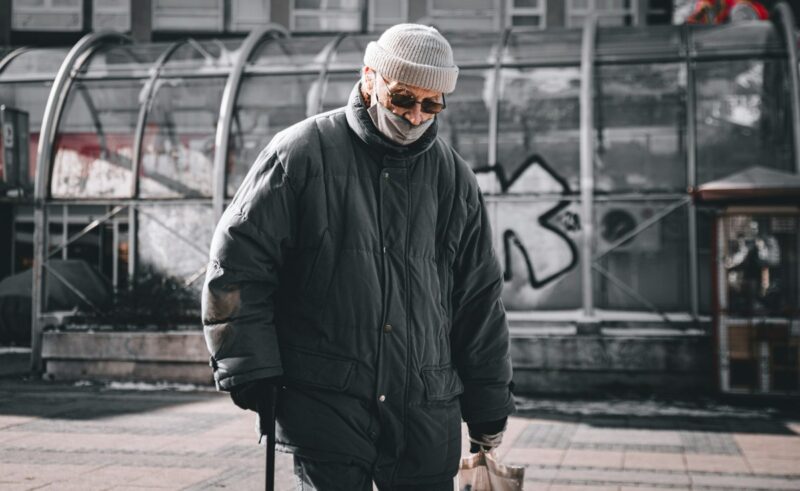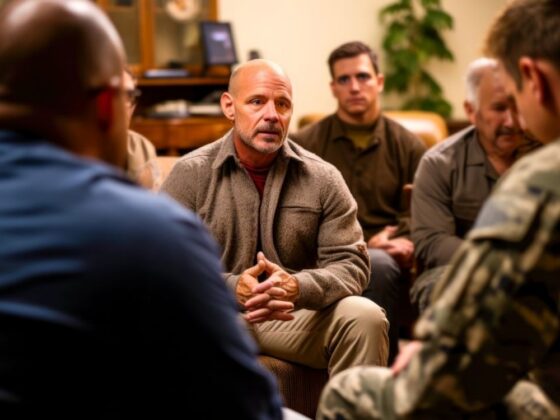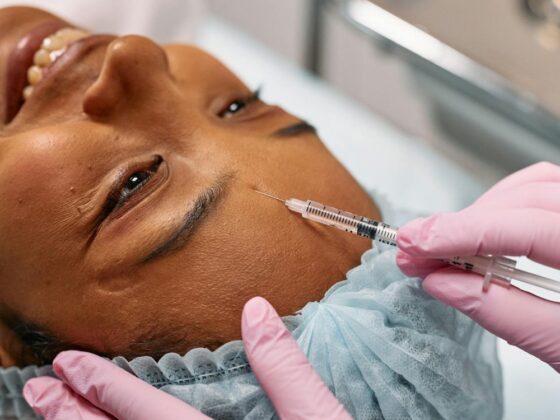When most people think about emergency alert systems for seniors, they picture someone falling and pressing a button to get help. That’s accurate as far as it goes, but it misses something important. The real value of these systems often isn’t in addressing the initial emergency itself, it’s in preventing all the secondary health problems that develop when someone can’t get help quickly. Those complications, the things that happen in the hours after a fall or medical crisis, are frequently what cause the most serious and lasting damage.
A senior who falls and breaks a hip has a medical problem that needs treatment. But a senior who falls, breaks a hip, and then lies on the floor for eight hours waiting for someone to find them has multiple medical problems, some of which might end up being worse than the fracture. Understanding what happens during those hours of waiting helps explain why quick access to help matters so much from a medical standpoint.
The Pressure Injury Problem
When someone lies in one position for extended periods, the weight of their body compresses tissue between bones and the floor. This cuts off blood flow to that tissue. Initially this just causes discomfort, but within a couple of hours it starts causing actual damage. Pressure injuries, sometimes called bedsores or pressure ulcers, begin developing anywhere the body makes sustained contact with a hard surface.
These aren’t minor skin irritations. Severe pressure injuries go deep into tissue, sometimes all the way to bone. They’re painful, they take months to heal, they easily become infected, and they can require surgery. Older adults are particularly vulnerable because their skin is thinner and their circulation is often already compromised by conditions such as diabetes or heart disease.
The medical irony is harsh: someone might fall without any significant injury, but develop serious pressure wounds from lying on the floor waiting for help. The fall itself wasn’t the problem, the delayed rescue was. Having something such as life alert buttons that seniors can activate immediately changes this equation entirely, turning an eight hour wait into a twenty minute response time.
Dehydration Happens Fast
Seniors are already prone to dehydration because their sense of thirst decreases with age and their kidneys don’t conserve water as efficiently. When someone is lying on the floor unable to reach water, dehydration accelerates quickly, especially in warm rooms or if the person was already somewhat dehydrated before falling.
Within a few hours, dehydration starts affecting kidney function, blood pressure, and mental clarity. It thickens the blood, increasing risk of blood clots. It affects electrolyte balance, which can cause heart rhythm problems. For seniors with existing kidney disease or heart conditions, rapid dehydration can trigger acute crises that require hospitalization.
The confusion that comes with dehydration also makes the situation worse. Someone who’s been on the floor for several hours might become too disoriented to effectively call for help even if they can eventually reach a phone. Their thinking gets muddled, they might not remember phone numbers, or they might not be able to clearly explain what happened or where they are.
Rhabdomyolysis and Kidney Damage
This is the complication most families have never heard of, but emergency physicians see it regularly in seniors who’ve been down for extended periods. When muscles are compressed for hours, the muscle tissue starts breaking down. This releases proteins, particularly myoglobin, into the bloodstream. These proteins are toxic to the kidneys and can cause acute kidney failure.
Rhabdomyolysis doesn’t require obvious crush injuries. Simple prolonged pressure from lying on a hard floor can trigger it, especially in seniors who are frail or have reduced muscle mass. The risk increases the longer someone remains in the same position, and it can develop even when the fall itself didn’t cause any fractures or obvious trauma.
Treatment requires aggressive IV hydration and careful monitoring of kidney function. In severe cases, dialysis might be necessary. The condition can cause permanent kidney damage, and in combination with other health problems common in older adults, it can be life threatening. Quick rescue prevents the prolonged compression that causes this condition in the first place.
Hypothermia in Regular Temperatures
Most people associate hypothermia with freezing weather, but older adults can develop dangerous drops in body temperature in rooms that feel perfectly comfortable to younger people. Seniors have reduced ability to regulate body temperature, they often have less body fat for insulation, and lying still on a floor, especially tile or concrete, causes steady heat loss.
Hypothermia can develop in rooms as warm as 60 to 65 degrees Fahrenheit if someone is lying immobile for hours. It affects heart rate and rhythm, slows breathing, causes confusion, and makes existing medical conditions worse. It also makes recovery from other injuries more difficult because the body’s healing processes work less effectively at lower temperatures.
The confusion that comes with hypothermia creates another problem: someone might not realize how cold they’re getting or might not think clearly enough to try to move or cover themselves. By the time help arrives, they might be so hypothermic that recovery requires careful medical management to avoid complications from rapid rewarming.
Aspiration Pneumonia Risk
Seniors who fall and hit their heads, or who have medical events that affect their consciousness, are at risk for aspiration pneumonia. This happens when saliva, vomit, or other material gets breathed into the lungs instead of going down the esophagus. Lying flat for extended periods, especially with altered consciousness, increases this risk significantly.
Aspiration pneumonia is a serious infection that requires antibiotic treatment and can lead to respiratory failure in frail seniors. It’s more likely to occur during prolonged periods on the floor because positioning, inability to swallow properly, and sometimes vomiting from pain or other factors all contribute to aspiration risk.
Blood Clots from Immobility
Extended immobility increases the risk of blood clots forming in the legs. These deep vein thromboses are dangerous because they can break loose and travel to the lungs, causing potentially fatal pulmonary embolisms. Seniors already have higher clot risk due to age-related changes in blood composition and often reduced mobility in general. Hours of complete immobility after a fall compounds this risk significantly.
The Cascade Effect
Here’s what makes delayed rescue particularly dangerous from a medical perspective: these complications don’t happen in isolation. They interact and make each other worse. Dehydration increases clot risk and worsens kidney function. Hypothermia slows healing and affects heart rhythm. Pressure injuries become infected more easily in someone who’s dehydrated and hypothermic. The longer someone waits for help, the more likely they are to develop multiple complications simultaneously.
A senior who gets help within 30 minutes of falling might have a single problem to address, the fall itself. A senior who waits eight hours might arrive at the hospital with the original injury plus dehydration, early pressure injuries, hypothermia, elevated kidney markers suggesting rhabdomyolysis, and possible aspiration. The complexity of treatment increases dramatically, as does recovery time and the likelihood of permanent health consequences.
Prevention Through Quick Response
Emergency alert systems don’t prevent falls or heart attacks or other medical crises. What they prevent is the cascade of secondary complications that develop during prolonged waits for help. They turn situations that might require hospitalization into events that sometimes don’t need medical attention at all, or they reduce multi-day hospital stays to overnight observations. The health impact isn’t just about surviving the emergency, it’s about avoiding the additional medical problems that delayed help creates.
Image Credit: Aleksandar Velickovic on Unsplash











